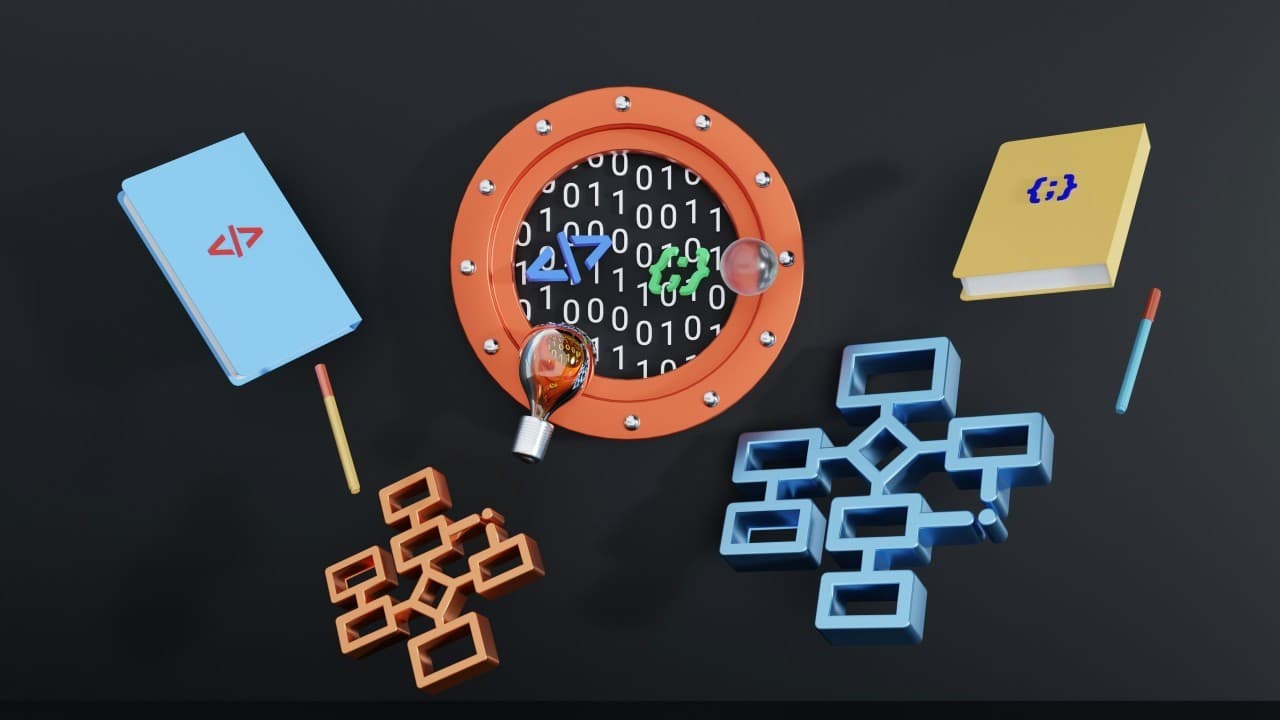
Most teams aren't failing because policies are complex. They're failing because policies, contracts, and claims live in different systems, and they attempt to reconcile them through manual reviews, keyword searches, and spreadsheets.
The Real-World Stack Behind a “Simple” Decision
Take a 62-year-old who needs a knee replacement. Conservative therapy failed; BMI is 38; the surgeon is in-network. The decision engine must reconcile 10+ policy types (medical necessity, UM/PA, benefits, reimbursement, contract edits, regulatory timelines, PI/FWA checks, quality/COE, formulary, and administrative documentation).
Even “knee replacement” can split into MS-DRG 469/470 classes in federal programs, with material payment differences. And the throughput pressure is real: Medicaid MCOs denied 1 in eight prior authorization requests in the OIG’s study (with some plans denying more than 25%).
Denials and reversals results into abrasion, avoidable work, and delayed care.
Architecture - Neural Symbolic → Knowledge Graph
Ingestion → Facts → Graph → Workflow/Action
1) Ingestion (unstructured + semi-structured)
- Sources: CMS NCD/LCD, MACs, payer portals, internal policy PDFs/HTML, contract amendments, fee schedules.
- Change detection: Content hashing + effective-date tracking so updates trigger diffs and re-runs.
- Layout-aware parsing: Preserve headings, tables, footnotes, and code blocks so structure survives extraction.
- Clinical normalization: Map synonyms (MI = myocardial infarction = heart attack) using UMLS Metathesaurus for robust concept identity.
2) Facts (AI for patterns; rules for proof)
A neural-symbolic loop:
a) Pattern discovery with AI
- Constrained prompts (JSON schemas) to extract clause-level facts: thresholds, durations, documentation, and code lists.
- Decomposition strategies (few-shot exemplars + section-aware chunking) to pull fine-grained policy logic from long documents.
- Example (bariatric policy): Criteria_BMI: “≥40” OR “≥35 with comorbidities” Comorbidities: diabetes, hypertension, sleep apnea Documentation: “6+ months weight-loss attempts,” “psych eval within 90 days pre-op”
b) Deterministic verification with rules
- A rules engine (logic constraints akin to Prolog/Epilog) validates every LLM-extracted fact: numbers parse? units coherent? ICD/CPT/HCPCS codes valid? temporal statements consistent?
- Schema guards prevent out-of-domain fields; unit tests catch drift when policies update.
Result: LLMs generate hypotheses; rules prove them—or reject them—before anything touches the graph.
Why this matters: it curbs hallucination and delivers audit-ready, reproducible extractions (our internal evals show large lifts over LLM-only pipelines; results vary by policy set and plan mix).
3) Graph (policy as executable knowledge)
- Graph construction: Validated facts become nodes (Procedure, Criterion, Diagnosis, Code, Payer, Version, Contract) with edges (REQUIRES, EXCLUDES, OVERRIDES, SUPERSEDES, IN_NETWORK, HAS_EDIT).
- Versioning first-class: Policy v3.2 —SUPERSEDES→ v3.1 with effective dates and redline deltas.
- Natural queries: Show all policies with BMI < 40 requirements. ; What changed from v3.1 → v3.2 for advanced imaging PA? ; Which competitors require psych eval ≤90 days?
- Graph-RAG for answers: Blend semantic retrieval with graph traversal; return clause-level citations and effective dates for every answer.
Background: Microsoft Research’s GraphRAG consistently improves comprehensiveness/diversity of answers on complex corpora.
4) Workflow (into the adjudication + clinical ops you already run)
- UM/PA integration: Answers + evidence packets include source, section, effective date, and flow directly into PA/UM work queues with decision rationales.
- Pre-pay ←→ post-pay: Link policies to claim edits and contract overrides so high-yield post-pay findings migrate left into pre-pay.
- Human-in-the-loop: Nurses/clinicians and coders finalize approvals/edits; the system scales their impact by pre-assembling facts, rules, and citations.
- Shorter decision timeframes: Auto-routing, templated evidence packs, and version-aware rules reduce review time while preserving defensibility.
Human-in-the-Loop (How We Scale Clinicians & Coders)
The role of this architecture is not replace experts—it’s to scale them.
- Nurse/Clinician review: Our packets surface the exact clause(s), codes, and evidence. Reviewers approve/adjust in minutes instead of spelunking PDFs.
- Policy analysts: Cross-payer compares and version diffs become single-click. Analysts focus on clinical nuance and member impact, not manual extraction.
- Medical directors: See the “why” behind denials/approvals with lineage; governance becomes faster and more defensible.
- Coding teams: Deterministic checks (bundling, modifiers, place-of-service) align to policy and contract rules; hit-rates improve because the system routes only well-scoped, high-yield cases.
Net effect: higher hit rate and accuracy (fewer false positives), shorter cycle times, fewer avoidable reversals, and less abrasion for providers and members. Since everything is cited, it’s built for audits and appeals.
Why Graphs + Neural-Symbolic Beats PDF Search
- Multi-hop reasoning: Answers often require crossing policy → code sets → contract edits → quality rules. Graphs model those relationships natively.
- Version awareness: Policy logic changes; graphs track what changed and when—and propagate impacts.
- Provable outputs: LLMs suggest; rules verify; graphs preserve lineage; responses ship with citations.
- Operational fit: Evidence-first packets slot into PA/UM SLAs (e.g., 72-hour expedited), not just dashboards.
A Note on Burden & Denials (Context for Leaders)
Prior authorization remains a friction point: Medicaid MCOs averaged 12.5% denials in OIG’s review; some plans exceeded 25%. Tightening decision timeframes and shipping clause-cited decisions can reduce unnecessary back-and-forth and concentrate clinical time where it actually changes outcomes.
Policy intelligence is the infrastructure that enables alignment.
At Nedl Labs, we're building the knowledge graph-first architecture that can help with
- Stop leakage before it happens.
- Drive affordability without sacrificing access.
- Deliver healthcare with confidence.
Payment integrity is ultimately a trust problem. When policies, contracts, and claims are aligned, leakage falls, reversals decline, and patient friction drops; when they drift, costs surge—driving improper payments, operational burnout, and member dissatisfaction.
The remedy is policy-as-code: a neuro-symbolic, knowledge-graph approach that enables human-in-the-loop decision-making, making decisions consistent, auditable, and durable.
Share this article
About the author
Founder Nedl Labs | Building Intelligent Healthcare for Affordability & Trust | X-Microsoft, Product & Engineering Leadership | Generative & Responsible AI | Startup Founder Advisor | Published Author
Most Recent
Top Articles
Also See

From Recovery to Prevention: A Trust-First Blueprint for Payment Integrity

Enterprise Product Sense: Why Consumer Intuition Fails in B2B: What Works Instead

DRG Review After Payment

The Anatomy of Product Sense

Contract–Policy Drift: The Hidden Source of Leakage (and How to Fix It)








